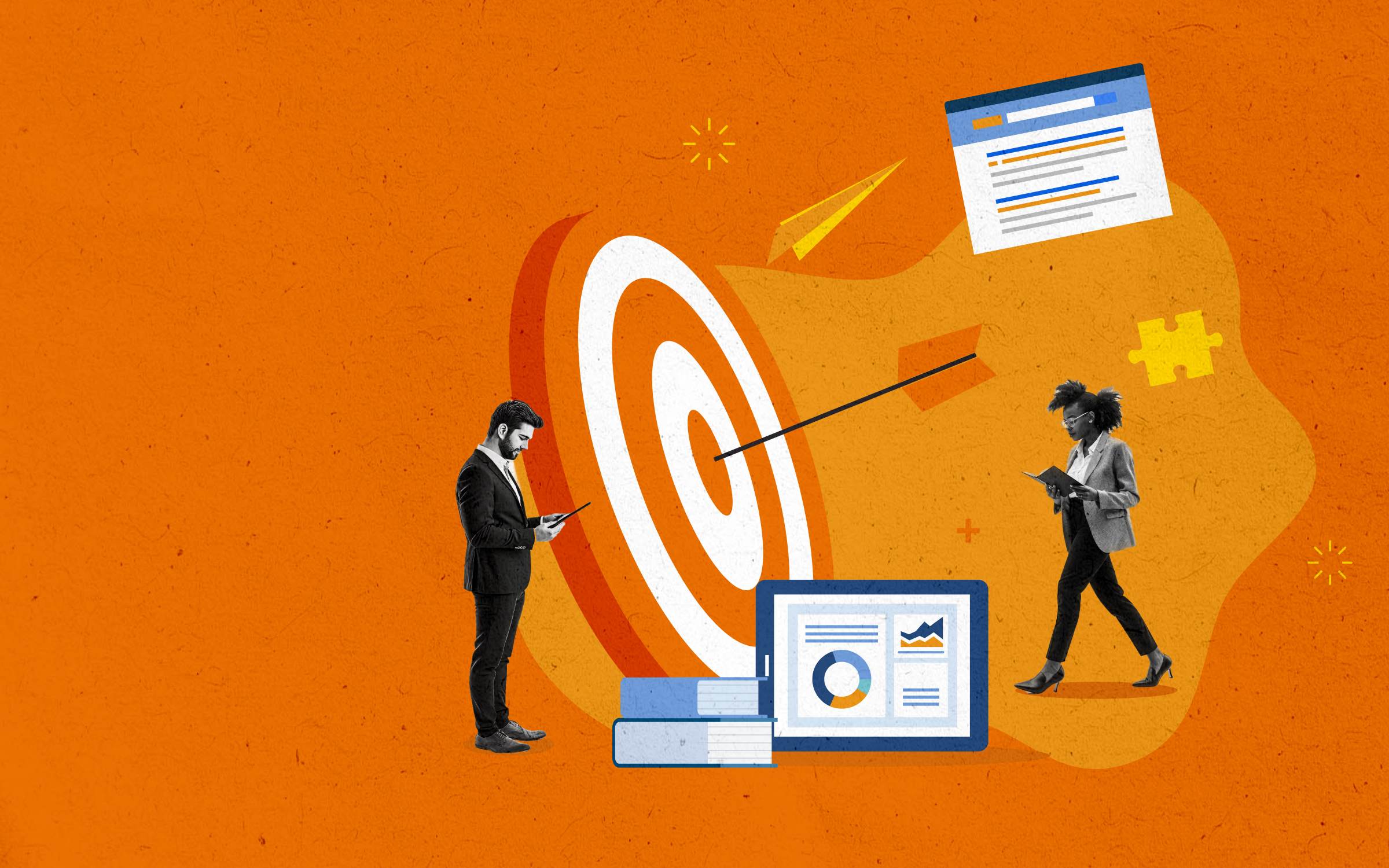In March, an image of a Home Depot training guide to educate employees about a variety of privileges went viral on Twitter. The image was shared by a Twitter user who received the document from an employee. The tweet said, “From a friend that works at Home Depot, this is the kind of crap on display in the lunchroom.”
With some social-media users vowing to take their home-improvement dollars elsewhere, Home Depot’s comms team was quick to point out that it was a Home Depot Canada location where the DEI worksheet had appeared. The company also tried to clarify that the worksheet was not required training and had not been approved by corporate DEI leaders.
It’s just the latest example of pushback – from both internal and external sources – to corporate diversity, equity and inclusion (DEI) initiatives. Coca-Cola, for example, last year had to scramble to respond to concerns about an anti-racism LinkedIn course that employees were allegedly required to take. One employee leaked the course material to a social media influencer, who shared it in a viral tweet that accumulated more than 33,000 likes, with comments such as, “That whistleblower needs to file a civil rights violation complaint for race based discrimination. This won’t go away until this is viewed as a legal issue, which it is.”
In a public statement, Coca-Cola responded that the course was not mandatory and apologized to those offended.
“I’ve definitely seen [employee] complaints taken to social media. People are searching for like-minded folks to support their position and feelings,” says Dionn Schaffner, chief diversity officer at Aurea Software.
Like it or not, DEI leaders and other stakeholders must be prepared to address the DEI haters.
Where Do Your Employees Stand on DEI?
Don’t underestimate the amount of simmering angst among employees regarding your DEI efforts. About 54% of White male workers and 40% of white women say their leadership team pays too much attention to race, according to a 2022 Ariel Investments’ survey. In addition, 35% of Black men, 32% of Black women, 42% of Hispanic men and 28% of Hispanic women feel the same way.
While having always existed, pushback has evolved in the last two years, according to Vaishali Shah, VP of workforce diversity and Inclusion at international HR consulting firm Randstad Sourceright.
In the past, pushback was against the mere discussion of DEI. Today, the pushback is about the increasing actions companies are taking. “There isn’t the need to explain and kind of validate the need for diversity work within organizations,” Shah says. “However, I think there still is quite a bit of work to be done in terms of making sure that there is proper alignment, and that there is proper support for the work that needs to be done.”
The Different Forms of DEI Pushback
Employee pushback to DEI comes in different forms. The simplest is verbal. “In every company that is trying to make fundamental changes, there will always be a few people that will ask questions,” says Craig Haydamack, chief human resources officer for manufacturer Milliken & Company. “Why are we doing this? Is this what we should be focused on? Why are we putting our energy on this? Leaders need to expect these questions and be ready to answer them.”
You can still expect opposition from hiring managers to considering demographic characteristics such as race in hiring decisions. “Some of the pushback is that I don’t want to have to hire a quota. Are you telling me that I can’t hire two white people, because I have to go hire two Black people?” says Schaffner. “You’re battling this myth of, well, if they’re a minority, then they’re going to have to lower the bar, right?, to find these people.”
Employees might also push back in non-verbal ways, choosing not to participate in conversations, surveys, workshops, training and other DEI initiatives. For example, surveys about DEI can have very low response rates, according to Benjamin Granger, head of employee experience advisory services at Qualtrics.
Responding to Employee Pushback Against DEI
DEI is a hot-button topic and fraught with landmines, so pushback in some form is often inevitable. “This is a sensitive area, and it’s bound to be uncomfortable,” Shah says.
Individual employees can feel under attack. “There’s a threat to their individual identity,” says Schaffner. “They may [say], ‘I’m not that kind of person. I’m not racist. I have a black friend or whatever.’ The white men are like, ‘Hey, we’re not all bad.’ They automatically start in the defensive posture at that moment.”
Schaffner says the complaints come in three buckets:
- denial (“This isn’t a problem”)
- disengagement (“This isn’t MY problem”)
- and derailing (“What about these other problems?”)
Offended employees may respond by leaking details of your DEI efforts to the press or social media. Your goal as a diversity leader is to engage concerned employees in constructive conversations that quell the worker’s desire to find a bigger audience for their concerns.
“The first thing I would say is to not shame them – not make them feel like they can’t raise an objection or a question,” says Shah.
Hear out employees with questions about DEI, and reiterate why DEI is important to the company. “I’ve occasionally had some one-on-one talks with individuals that expressed a question or concern or a different opinion about this,” says Haydamack. “We will talk to them quietly behind closed doors. People have a right to their personal opinion and beliefs, but this is the way we operate at Milliken and this is what we expect of the members of our team at work.”
“We’ve been very consistent in our message from leadership, from our CEO through all levels of management that this is important to us,” says Haydamack. “It’s better for our business, it’s for our values, it’s what our ownership wants, it’s what we want, it’s the right thing to do.”
Frame your conversations with concerned workers around tangible work-related goals. “What I have seen working is… show them what their audience looks like and what their customer base looks like,” says Shah. The goal is “to be a better representation of the market that they’re targeting. And if they’re not a good representation of that, how are they ever going to grow into those markets? How are they ever going to expand into those territories or innovate for that audience?”






